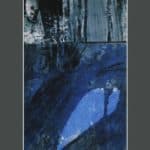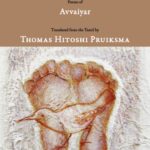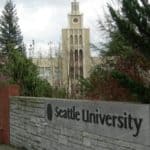A poem about meeting the music of each moment. “Improvisation,” by Thomas Hitoshi PruiksmaTHE SAFETY OF EDGESMarrowstone Press, Seattle
Videos
To find specific videos, use the buttons below:
“Magnolias Have Large Petals” from the Tamil poet Avvaiyar | மடல்பெரிது தாழை
A poem about size and true strength by the 12th century Tamil woman, poet, and saint Avvaiyar. From her collection, “The Word that Endures.” Moothurai 12, “Madal perithu thazhai.” Translated […]
“Pocket Watch” from The Safety of Edges
A poem about gratitude and the passage of time. “Pocket Watch,” by Thomas Hitoshi PruiksmaTHE SAFETY OF EDGESMarrowstone Press, Seattle
“Between the King and the Careful Poet,” from the Tamil poet Avvaiyar | மன்னனும் மாசறக் கற்றோனும்
A poem about poetry and power by the 12th century Tamil woman, poet, and saint Avvaiyar. From her collection, “The Word that Endures.” Moothurai 26, “Mannanum maasara kattronum.” Translated from […]
What is Cascadian Zen? A Talk at Seattle University
Talk delivered on February 15, 2020. Organized loosely around exploring the relationship between the Cascadian bioregion as it intersects with Zen ideas, practices, and aesthetics, Seattle University hosted a diverse […]


